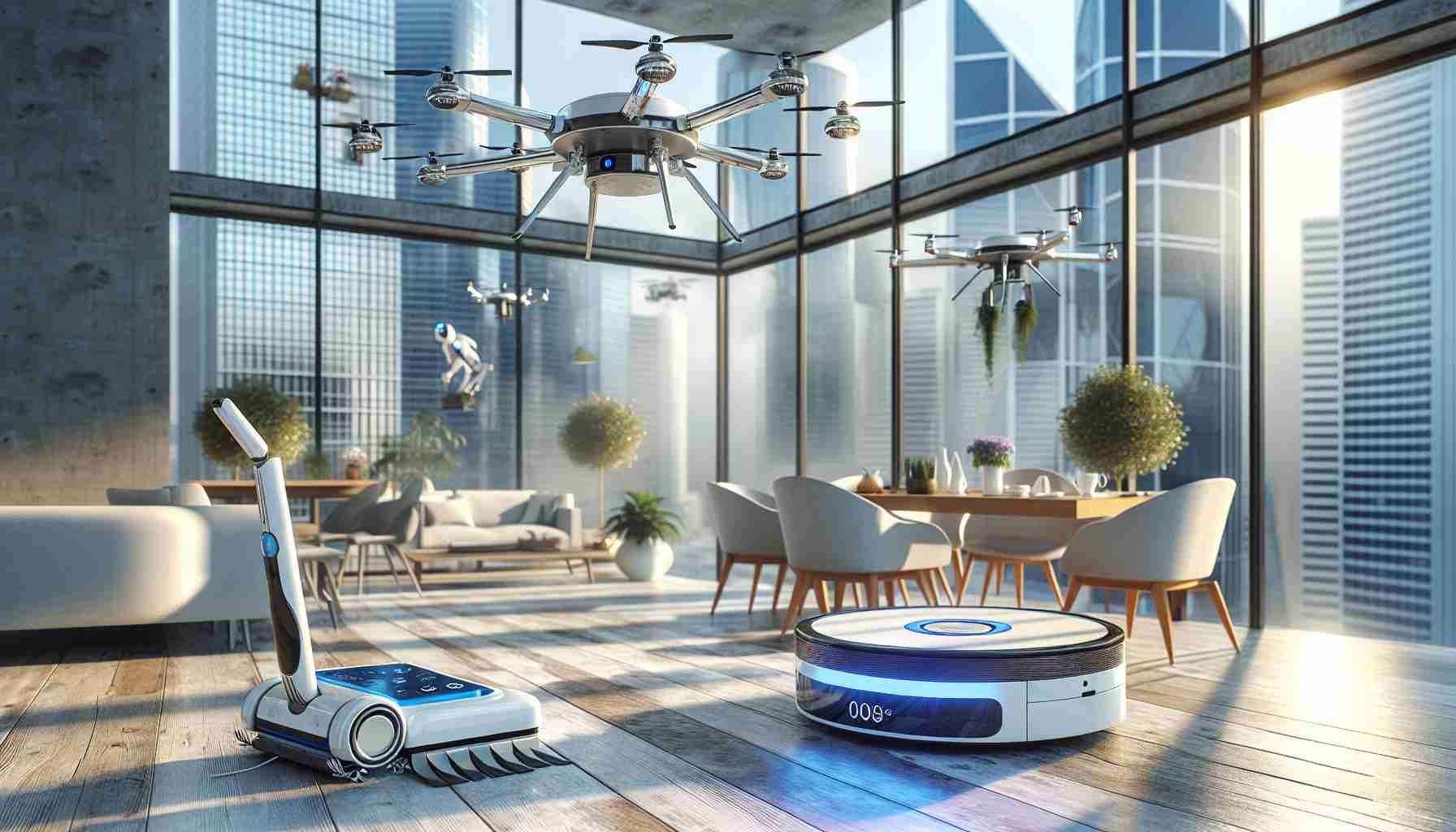Robots Revolutionizing Street Cleaning
In an era of rapid technological advancement, Chinese autonomous vehicle company WeRide has made a significant breakthrough by obtaining approval to deploy fully autonomous street cleaning robots in Singapore. These robots operate at Level 4 autonomy, utilizing advanced sensors, AI, and mapping capabilities to navigate roads without the need for human intervention. The deployment of these innovative street sweepers represents a major step towards creating cleaner, more efficient urban environments using cutting-edge technology.
Transformative Implications of Autonomous Cleaning
The introduction of WeRide’s autonomous street sweepers marks a shift towards a future where robotic solutions play a crucial role in maintaining urban cleanliness. With these robots operating on open roads rather than within geofenced areas, they demonstrate the potential for autonomous technology to revolutionize traditional cleaning practices. By leveraging state-of-the-art AI and sensor technologies, WeRide’s Robosweepers pave the way for a cleaner, more sustainable future powered by innovation.
Embracing Innovation for a Cleaner Tomorrow
WeRide’s groundbreaking initiative underscores the transformative impact of autonomous technology on urban maintenance practices. By harnessing the power of automation and AI, these street cleaning robots offer a glimpse into a future where robotic solutions enhance efficiency and effectiveness in essential tasks. As cities worldwide seek innovative ways to address cleanliness and sustainability challenges, autonomous cleaning technology represents a promising avenue for creating cleaner, smarter urban environments.
Advancing Towards Smarter Cleaning Solutions
With the rise of autonomous cleaning technology, the integration of robotic solutions into urban maintenance practices is reshaping the way cities approach cleanliness and sustainability. Beyond WeRide’s pioneering efforts in deploying autonomous street cleaning robots, several other companies across the globe are also delving into the development of advanced cleaning technologies that go beyond traditional methods.
Exploring New Frontiers in Autonomous Cleaning
While WeRide’s Robosweepers have demonstrated significant progress in autonomous cleaning technology, questions arise regarding the scalability and adaptability of these solutions in diverse urban environments. How can autonomous cleaning robots effectively navigate complex city landscapes with varying infrastructures and obstacles? Are there potential safety concerns associated with the autonomous operation of cleaning robots alongside pedestrians and other vehicles?
Key Challenges and Controversies:
– Adaptability: One of the primary challenges facing autonomous cleaning technology is the ability to adapt to different environmental conditions and cleaning requirements across diverse cities and regions.
– Regulatory Framework: The integration of autonomous cleaning robots into urban settings raises questions about the need for standardized regulations to ensure safety and compliance with existing traffic laws.
– Public Perception: Controversies may arise regarding the public acceptance of autonomous cleaning robots as they become more prevalent in public spaces, leading to discussions about privacy, liability, and job displacement.
Advantages and Disadvantages of Autonomous Cleaning Technology
Advantages:
– Efficiency: Autonomous cleaning robots can operate continuously and efficiently without human supervision, enhancing the speed and effectiveness of cleaning tasks.
– Sustainability: By reducing the reliance on traditional cleaning vehicles that emit carbon emissions, autonomous street sweepers contribute to a cleaner and greener urban environment.
– Innovation: The integration of AI and sensor technologies in autonomous cleaning robots paves the way for continuous advancements in smart cleaning solutions.
Disadvantages:
– Cost: The initial investment and maintenance of autonomous cleaning technology can be high, posing financial challenges for cities and organizations looking to adopt these solutions.
– Technical Limitations: While autonomous cleaning robots are equipped with advanced sensors, they may still face limitations in navigating complex or crowded urban environments with precision.
– Job Displacement: The widespread deployment of autonomous cleaning robots could potentially lead to concerns about the displacement of human workers in the cleaning industry, prompting discussions on workforce impact and retraining initiatives.
For more information on the latest developments in autonomous cleaning technology, you can visit WeRide’s official website to explore their innovative solutions and projects in the field of autonomous vehicles and urban mobility.
